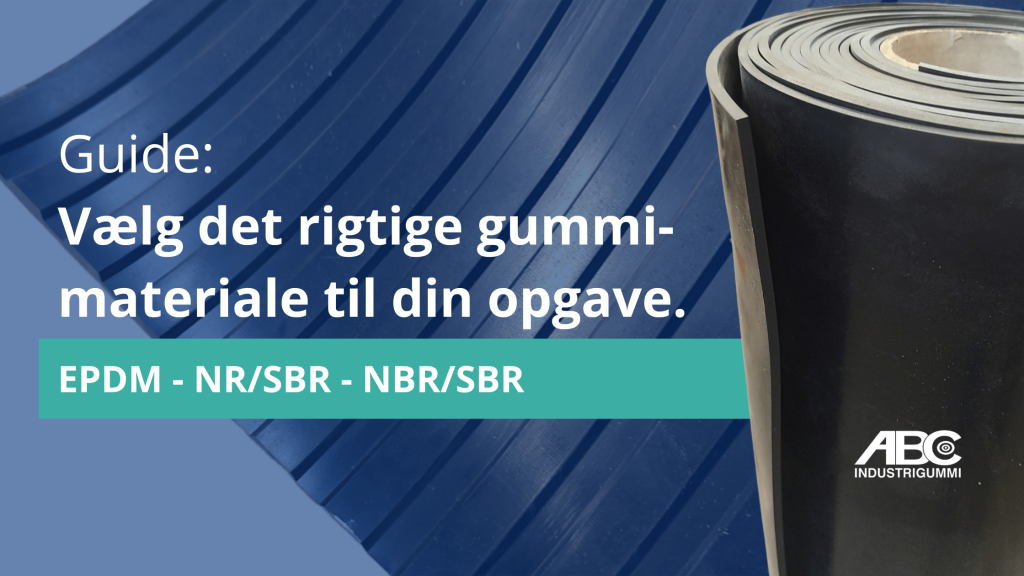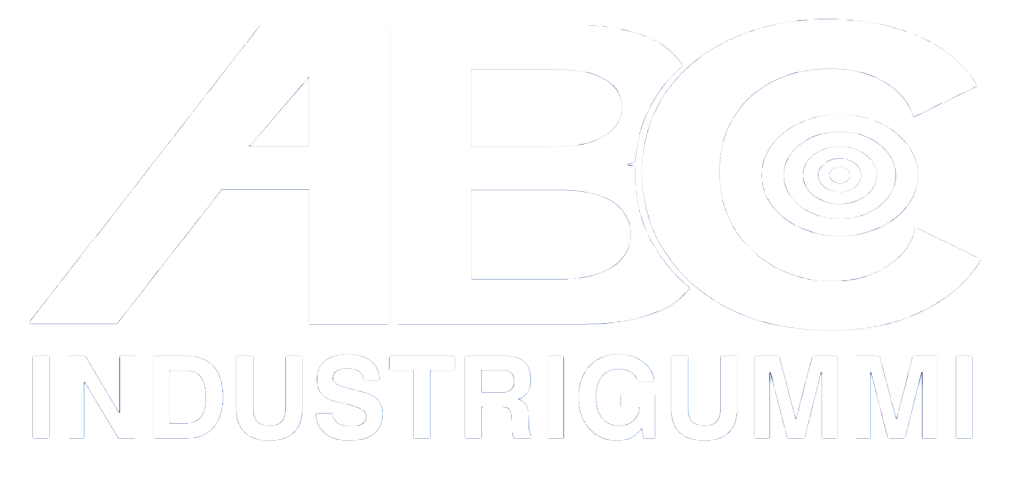

When you are faced with choosing the right type of rubber for your application – whether it is conveyor belts, seals, gaskets or other – it is important to know the difference between the most common rubber types: EPDM, NR/SBR and NBR/SBR. In this guide, we give you an overview of the advantages and disadvantages of each type, and we equip you to choose the right rubber for your specific application.
EPDM (Ethylene Propylene Diene Monomer) is a synthetic rubber type known for its excellent resistance to acid, weather, ozone and UV radiation. This makes EPDM particularly suitable for outdoor applications such as sealing strips, conveyor belts and pipes, where the material must be able to withstand harsh environmental influences. EPDM is also flexible and has good insulating properties, which also makes it popular in the construction industry. However, EPDM is not suitable for applications where it comes into contact with oil or grease, as these substances can degrade the material.
NR/SBR is a combination of natural rubber (NR) and styrene-butadiene rubber (SBR). This blend produces a material that is both durable and flexible, making it ideal for gaskets, shock absorbing elements and sealing solutions. NR/SBR is economically attractive and is often used in industries where mechanical durability is required. However, it is less resistant to acid, oil, grease and ozone, meaning that it should primarily be used in environments where these influences are minimal.
NBR/SBR is a rubber blend of nitrile rubber (NBR) and styrene-butadiene rubber (SBR), which provides a material with both good abrasion resistance and high resistance to oil and grease. This makes NBR/SBR an obvious choice for gaskets, hoses and other components in industry where there is frequent contact with lubricants and chemicals. However, NBR/SBR is less suitable for outdoor use as it is sensitive to UV radiation and can become stiff at low temperatures.
Typical applications
Rubber | Typical applications |
EPDM | Outdoor sealing strips, conveyor belts, pipes |
NR/SBR | Gaskets, shock absorption, interior sealing strips |
NBR/SBR | Oil and grease seals, hoses, industrial gaskets |
Advantages and disadvantages
Rubber | Advantages | Disadvantages |
EPDM | UV and ozone resistant, flexible, good for outdoor use | Not oil and grease resistant. Important: Not food grade. |
NR/SBR | Good wear resistance, flexible | Sensitive to oil and ozone. Important: Not food grade. |
NBR/SBR | Good oil and grease resistance, wear-resistant | Not UV-resistant, stiff at low temperatures. Important: Not food-safe. |
Durability and lifespan
How do the different types of rubber perform under different conditions?
Environmental impact and sustainability
How do the types of rubber affect the environment?
Price level and availability
Maintenance and cleaning
Examples from industry

Kenneth Saxtorph
If you have a question or need help, you are more than welcome to contact us at:

Opening hours:
Monday to Friday: 7.00 – 16.00
On Saturdays, Sundays and holidays, our 24/7 service is available.
Information
Customer service
ABC Industrigummi ApS - CVR: DK14711198